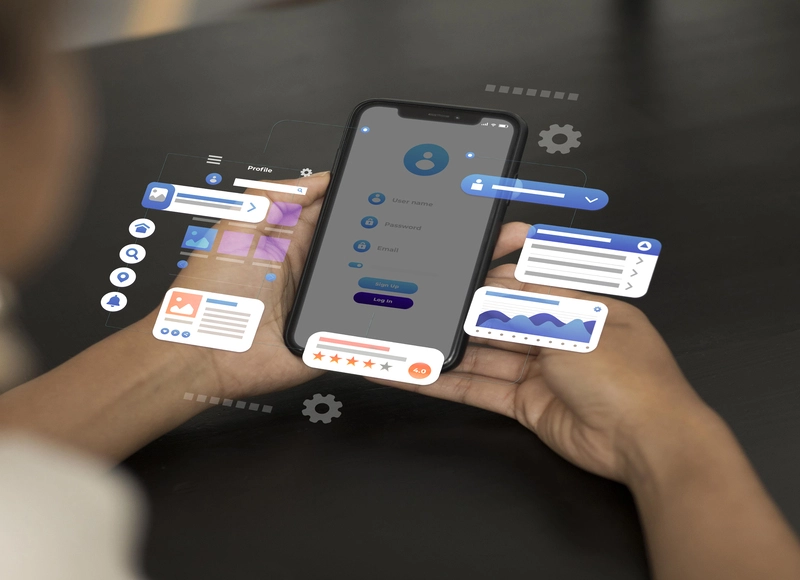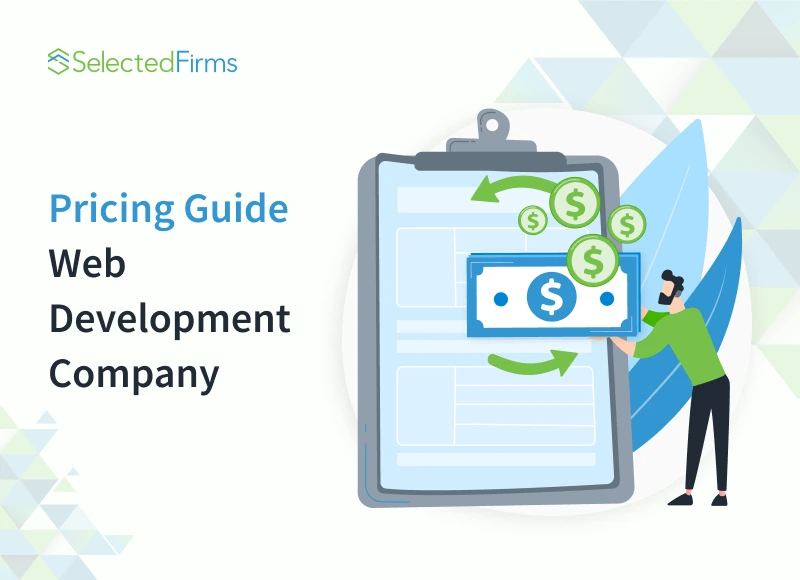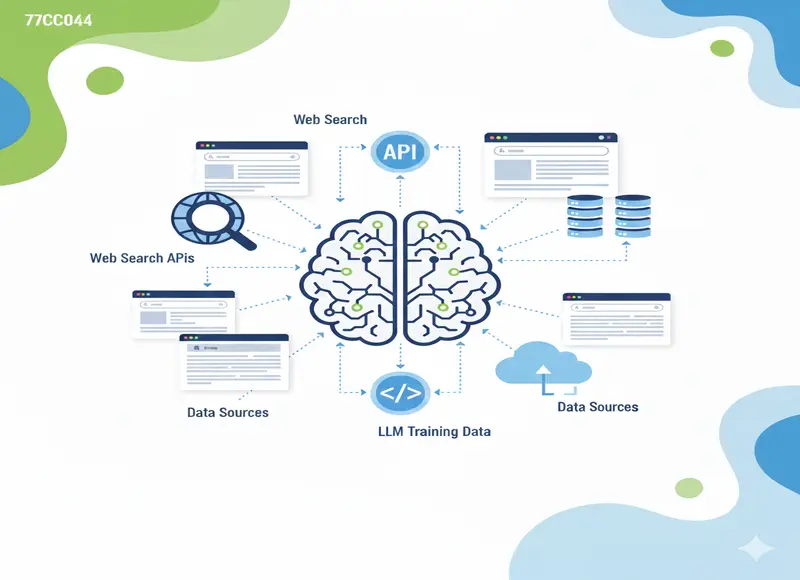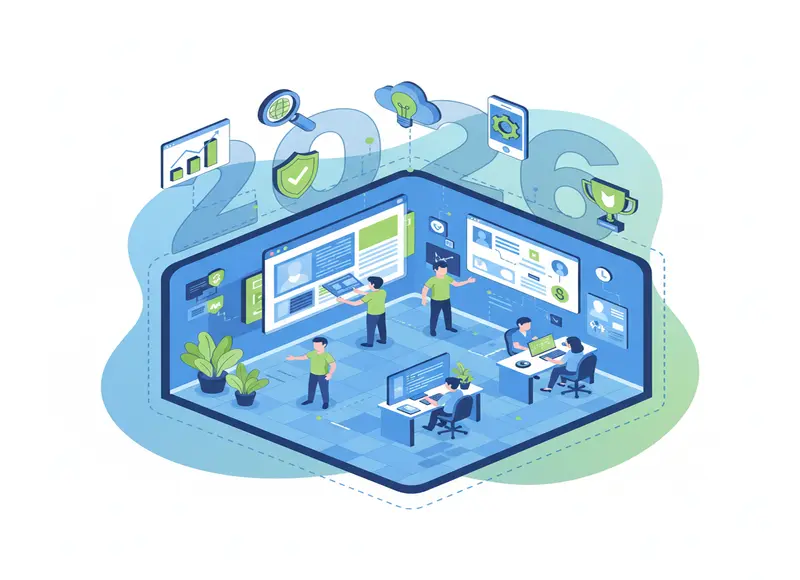Table of Contents
Launching an EdTech app? Discover essential insights every founder needs to create a successful and user-friendly platform. This guide covers key strategies, best practices, and innovative features that will help you engage users and enhance their learnin

The EdTech space looks like an open entryway to possibility—and in numerous ways, it most certainly is. The world's move towards online instruction, further access, microlearning, and individualized learning has opened the conduits wide for imagination. But in case you are a founder venturing into this space, there's something basic you would like to get:
The bar is tall. Tall as in, Amazingly tall.
EdTech is likely the app economy's most quietly nuanced showcase. You're not building an app; you're building an involvement that impacts how individuals learn, develop, and end up. That comes with a responsibility—and a particular set of specialized, academic, and commercial challenges. On the off chance that you need to build something that's extraordinary and remains associated with the world, here's what you need to know before you write one line of code.
1. You're Not Building an App. You're Designing a Learning Journey.
Most EdTech originators start with a thought: a specialty, a showcase hole, a highlight that shows up groundbreaking. But real victory in EdTech does not lie within the included set—it's within the learning outcomes.
You wish to begin with the instructional method. Meaning understanding how individuals learn, how substance ought to be organized, and how appraisal bolsters maintenance. Whether you're focusing on K-12 students, college learners, corporate upskillers, or specialists, your app must adjust with demonstrated guidelines plan models—like Bloom's Taxonomy or Gagné's Nine Occasions of Instruction. These aren't fair scholarly thoughts; they specifically impact how clients connect with your content and whether your app produces genuine value.
Planning a learning travel requires you to think past the surface. It's not sufficient to digitize course readings or record addresses. You must consider how learners are associated with fabric, how they get criticism, and how they're spurred to proceed.
For illustration, versatile learning ways can offer assistance to personalize the involvement, whereas gamification components can boost engagement and inspiration. But these highlights must be grounded in instructive brain research, not fair included for oddity.
A compelling EdTech stage meets the learner's needs at each organization. This implies mapping the total experience, from onboarding and beginning engagement to authority and nonstop development. A trusted e-learning app development company like Yojji can assist you in planning this full travel in intellect, guaranteeing each touchpoint bolsters learning results.
Tip: Contract or consult with a directions creator early. It'll spare you from re-engineering your stage afterward. A master's in instructional design can assist you in deciphering learning science into commonsense highlights, guaranteeing that your app conveys genuine instructive value, ot just advanced content. They can moreover assist you in maintaining a strategic distance from common pitfalls, such as cognitive overload, need for a platform, or poorly adjusted evaluations.
Keep in mind, in EdTech, your competition isn't fair to other apps—it's each way individuals learn, from in-person classes to YouTube instructional videos. To truly make an impact, your app must offer a learning experience that's not only viable but moreover open and versatile to assorted needs. Begin with the learner in intellect, and let instructional methods drive your item choices.
2. EdTech Has Deep UX Expectations—Don’t Underestimate Them
Client desires in instruction apps are fiercely distinctive from excitement or efficiency stages. Learners anticipate direction, criticism, pacing, and clarity. Teachers (in the event that they're a portion of your client base) anticipate powerful yet natural devices. Admins want dashboards that tell them something valuable.
Which means your UX has got to do a parcel of overwhelming lifting:
- Consistently direct clients through learning ways
- Give significant input to the circles
- Energize steady engagement without feeling gamified or shallow
- Be available to clients of all capacities (yes, ADA compliance is basic)
A level interface with a clean UI might seem good, but if it doesn't back cognitive stack decrease or empower genuine maintenance, it'll unobtrusively fall flat. Each interaction should be deliberate, decreasing grinding and making a difference, so that clients focus on learning instead of routine. Consider how micro-interactions, advanced markers, and versatile input can make the involvement feel both individual and steady.
Keep in mind, dissatisfaction or perplexity at any point can crash a learner's motivation, and in EdTech, that's a chance you can't afford. To meet these requests, joining forces with a keen e-learning app development company guarantees your UX isn't just user-friendly, but also instructionally compelling and comprehensive.
3. The Content Strategy Will Make or Break You
Are you making the substance, authorizing it, crowdsourcing it, or depending on a user-generated substance?
Each model brings its advantages and pitfalls:
- Making unique substances gives you control, but is resource-intensive.
- Authorizing substances saves time, but can eat into your edges and adaptability.
- UGC (user-generated substance) scales flawlessly, but as it were on the off chance that quality control is prepared from day one.
And in case your app underpins numerous dialects or worldwide districts, localization isn't optional—it must be implemented into the core of your content strategy from day one. Ineffectively localized or socially insignificant substance can distance clients and dissolve belief, making indeed the foremost modern highlights feel detached or unusable. Your stage must speak the user's language—literally and culturally—to be successful.
Google revamps 61% of titles shown in SERP regularly, since the initial metadata doesn't adjust with the client's aim or content structure. This underscores the significance of having a well-organized, versatile substance model, not just for learner engagement, but for perceivability and discoverability. Combined with customary upgrades, unused modules, and feedback-driven adjustments, your content strategy becomes a long-term development motor instead of an inactive resource.
Reward: Your substance organizes matters—text, video, test, sound, activity, or a mix? Learners hold data in an unexpected way depending on the medium and the setting. Experiment, gather information, and emphasize to discover the correct blend for your group of onlookers.
4. Don’t Chase AI Unless You Understand How It Adds Value
Tossing AI into your pitch deck might win a few financial specialists intrigued, but if your AI isn't firmly coordinated into the learning process, it becomes nothing more than a trick.
So inquire yourself:
- What issue is AI understanding?
- Personalized learning ways?
- Keen substance proposals?
- Real-time criticism?
- Literary theft location or proctoring?
Compelling use of AI in EdTech depends on your capacity to assemble important information (safely), prepare important models, and guarantee predisposition doesn't weaken belief. It's not sufficient to basically robotize tasks—AI ought to improve the learning experience in ways that are quantifiable and straightforward to both learners and teachers. If your clients can't see or feel the advantage, the innovation will be disregarded or undermine the certainty in your stage.
AI also presents modern challenges: explainability, straightforwardness, and moral considerations must be tended to from the beginning. Beyond any doubt, you have the mastery to screen, assess, and emphasize your AI highlights, and be prepared to communicate clearly with clients about how their information is utilized and how AI-driven choices are made.
On the off chance that you're not beyond any doubt how AI fits into your esteem suggestion, center on getting the basics right to begin with. A well-designed, data-driven app will continuously outflank a garish but shallow AI highlight.
5. Compliance, Privacy & Data Security Are Non-Negotiable
Instruction apps collect and prepare profoundly sensitive data—names, ages, scholastic performance, and in a few cases, indeed biometrics. This places your item beneath strict administrative systems such as FERPA (within the U.S.), GDPR (in Europe), COPPA (for clients under 13), and possibly others, depending on your target audience.
Getting compliance off-base isn't fair, and it's risky—it's precluding. Schools and teachers won't lock in with a stage that doesn't meet lawful and moral benchmarks for information security. Indeed, personal clients are progressively cognizant of how their data is dealt with, and a single information breach can irreparably harm your reputation.
To construct, believe, and guarantee long-term reasonability, your stage must be planned with privacy by default, which means executing vigorous encryption, secure authentication, and straightforward information storage arrangements from the start.
Customary reviews, clear protection arrangements, and giving clients control over their information are now not optional—they are anticipated. Compliance ought to be a foundational component of your information engineering, not an afterthought connected under pressure.
Here's a truth:
87.3% of websites utilize HTTPS, which reflects how secure design has advanced from a competitive edge to an essential desire. Collaborating with an experienced e-learning app advancement company, Yojji, guarantees that your item is built with compliance and belief at its core—meeting worldwide benchmarks, winning organization certainty, and ensuring each client who depends on your stage.
6. Plan for Real-World Integrations
No instruction stage lives in a vacuum. Schools, colleges, and enterprises as of now utilize Learning Management Systems (LMSs) like Moodle, Canvas, Chalkboard, or restricted platforms. In the event that your app doesn't play pleasantly with others—via LTI, SCORM, xAPI, or comparable protocols—you'll have a difficult time picking up regulation footing.
Also consider:
- Single Sign-On (SSO)
- Cloud capacity integrative (Google Drive, Dropbox)
- Calendar match up
- Slack/Teams integrative (for B2B stages)
You do not need to dispatch all of them, but your engineering ought to make them simple to include. The more consistently your stage fits into existing workflows, the more likely it is to be embraced and prescribed by decision-makers. Integration isn't fair to a specialized checkbox—it's a key advantage that can drastically reduce onboarding grinding and increase client fulfillment.
Think about long-term goals, and as your client base develops, requests for modern integration will definitely emerge. Building with seclusion and interoperability in intellect from day one will spare you considerable time and assets down the road. Proactively locking in with IT divisions and understanding their integration pain points can help you prioritize highlights that make your stage vital.
7. Monetization Must Align with Learning Behavior
Freemium models can work, but as it were, when you've built something, learners return to it routinely. Memberships may seem great on paper, but if your resources are limited, they can feel exploitative. Charging teachers might sound adaptable, but numerous instructors work on lean budgets.
Test different models. You might land on:
- Lifetime get-to-bundles
- Certification-based upsells
- Commercial center cuts from the master substance makers
- Institution-level permitting bargains
Anything the model, it must feel fair—and back long-term learner esteem, not fair short-term ARPU. Feasible monetization in EdTech is almost building belief and conveying progressive esteem, not just maximizing income per client. Consider how your estimating structure impacts openness and inclusivity, particularly for underserved communities or districts.
Do not be anxious to emphasize and accumulate input from your clients and institutional accomplices. The most effective EdTech companies are those that adjust their business models to the genuine needs and behaviors of their audience, guaranteeing that monetary motivating forces are continuously adjusted with positive educational results.
8. Retention Is the Only Metric That Matters
Securing is uproarious. Maintenance is quiet and dangerous when disregarded. On the off chance that clients are dropping off, you wish to see past surface measurements and start asking more profound questions.
One of the most common issues is that learners feel overpowered. This may happen when the interface is cluttered, onboarding is hazy, or the substance is conveyed too rapidly without appropriate direction. When individuals do not know where to start or what to do next, they regularly take off.
- On the other hand, clients could be under-challenged. In case your substance doesn't advance with their aptitude level or give important objectives, they'll lose interest fairly rapidly. Level, monotonous lessons or errands that feel as simple won't keep propelled learners around for long.
- Substance, moreover, must remain pertinent. In case it feels obsolete, disengaged from real-world objectives, or fair plain boring, clients won't adhere to it. Individuals come to EdTech stages with a purpose—whether it's to pass an exam, arrive at work, or create an expertise. On the off chance that your substance doesn't clearly offer assistance to them to move toward that objective, they'll go somewhere else.
- In conclusion, the destitute route noiselessly slaughters engagement. On the off chance that your stage makes it difficult to discover courses, track progress, or pick up where they left off, learners will get disappointed and give up. Indeed, little UX hiccups—confusing buttons, conflicting formats, or slow stack times—can break the encounter.
Utilize in-app analytics like Mixpanel or Amplitude, along with coordinating client input to persistently refine the experience. Incredible EdTech apps do not track fair behavior—they adjust to it. Reach out to withdraw clients, make criticism simple, and act on it. Indeed, small, keen changes can essentially boost maintenance.
Eventually, maintenance isn't about keeping clients logged in; it's about helping them make genuine progress. When learners see esteem, feel upheld, and hit significant breakthroughs, they stay—and they tell others. That kind of natural devotion is more effective than any advertisement campaign.
Final Thought: Build With Purpose or Don’t Build at All
If you're building an EdTech app, you're entering a space that converges with people's aspirations, uncertainties, and prospects. You're forming minds, careers, and certainty. That's not a little task, and clients know the contrast between a startup chasing features and one committed to making learning superior.
So go past the buzzwords. Go deep into the genuine needs of learners. Conversations with understudies, instructors, and chairmen to get their day-to-day challenges and goals. Constructed with sympathy, lowliness, and a tenacious center of effect. And on the off chance that you're prepared to construct something that regards the complexity of instruction, while making it superior, begin by talking to individuals who've done it before. Encompass yourself with specialists, tune in more than you talk, and never lose sight of the obligation you carry. The long run of learning merits nothing less.
Recent Blogs
9 Operational Excellence Strategies: How Leading Enterprises Optimize Performance
-
24 Dec 2025
-
6 Min
-
194








